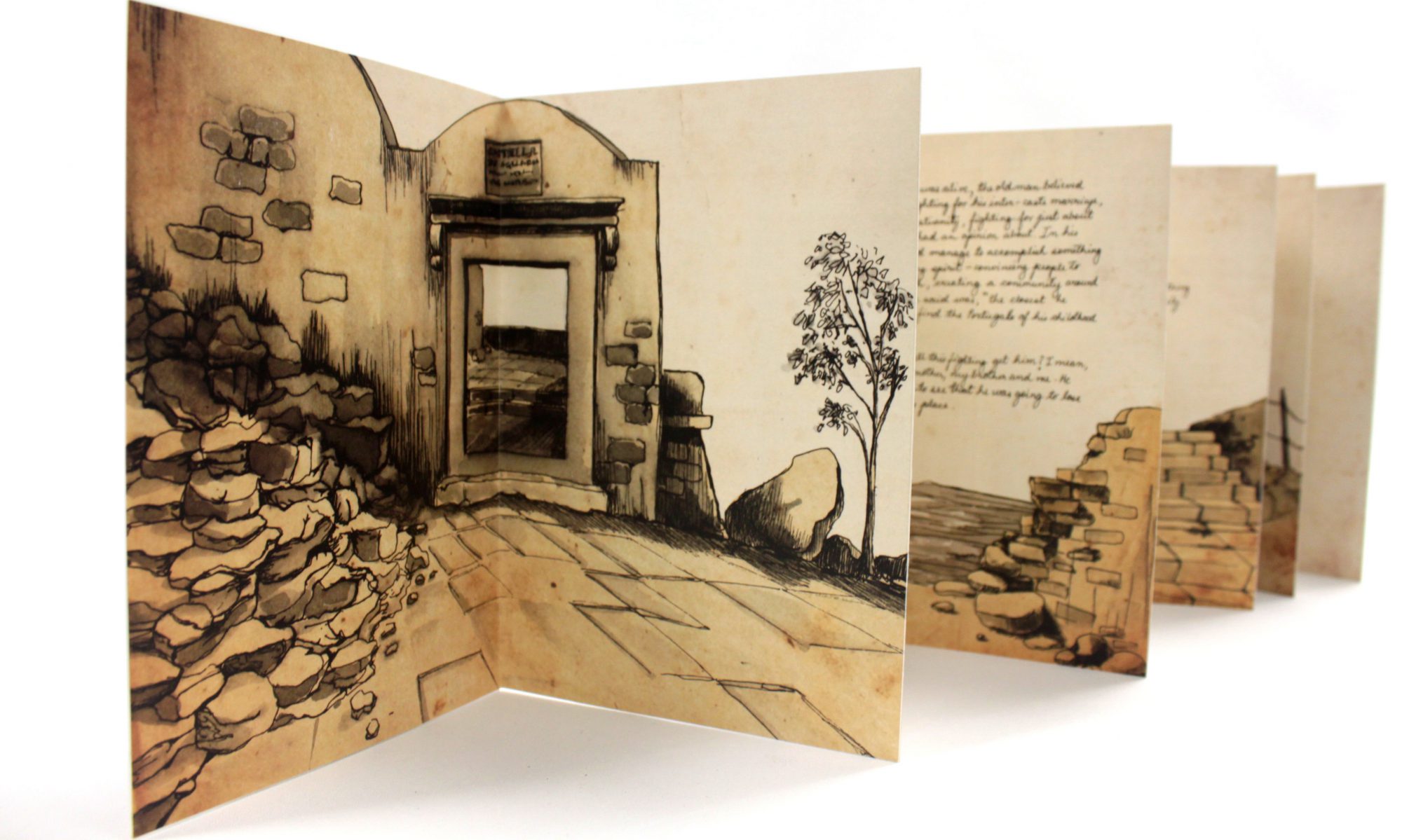DEFINING WANDERLUST
All sentient beings feel an insatiable drive to associate their sense of self to a place and the only way to define the topology of the self is by exploring the topography of the space it comes from. Spaces give meaning to our existence; they feed our imagination and provide us with cues for rumination. In that way one’s sense of self is essentially a reflection of one’s interaction and experiences within a space and the objects and people who inhabit it. The best way to understand this self is by taking a walk through these spaces and exploring the routes that make us who we are.
A walk in that sense provides us with a platform not just for exploration but also rumination. The visual and auditory cues that come from a walk, constantly feed one’s imagination – one looks, assimilates and then thinks. This is an infinite feedback system and therefore all walks are endlessly fertile.
When you give yourself to places, they give you yourself back; the more one comes to know them, the more one seeds them with invisible crop of memories and associations that will be waiting for you when you come back, while new places offer up new thoughts, new possibilities. Exploring the world is one of the best ways of exploring the mind and walking travels both terrains. (Solnit, 13).
In the current time of comfort in travel with automated technology that helps us get from one place to the other in the least amount of time, the art of walking seems to be disappearing. The art of leisurely walking or sauntering is somewhat archaic, often deemed wasteful. We are so driven by the constant need to maximise productivity in the amount of time spent that simple ruminative walks that fuelled the imagination of philosophers like Aristotle, Thoreau, Rousseau, Wordsworth and countless others have disappeared from our day-to-day lives.
The time that is spent going from one place to the other is now believed to be unproductive and useless; it is therefore filled with earphones playing music, mobile phones replaying conversations. The average person blocks out any form of thought while travelling or walking from one place to the other by filling that time with other media. It is almost as if people are afraid of solitude and feel the need to fill every second with some sort of sensory information making it almost impossible for them to ruminate.
One would assume that the multiplication of technology would have give us more free time to pursue interests that drive the soul. Contrary to that, the introduction of new technologies has made it possible for us to maximise the time and place of production thereby minimizing the unstructured travel time in between. If one truly considers this then it is easy to see how being constantly efficient is actually unproductive for self-discovery and development. In order to discover and create there is a need to wander, therefore the need to walk aimlessly is apparent in our current lifestyles.
However this is not to say that technology is at fault here. Technology has aided walkers in the current time, making it possible to organise walks that have brought about global change and protest. For example the globally organised walk against the war in Iraq would never have been possible without using the Internet and other technologies that organised this mammoth protest in the form of a walk. Millions of people from Baghdad, Barcelona, Berlin, Buenos Aires, Calcutta, Cape Town, Copenhagen, Dublin, Glasgow, Istanbul, Karachi, London, Madrid, Mexico City, Montreal, Moscow, New York, Paris, Rome, San Francisco, Seoul, Sydney, Tehran, Tokyo, and Vancouver came together to show their protest through a walk that was organised through the Internet.
The problem we face is one that stems from our lack of interest in exploring places; we use technology as a distraction from this need to wander. While some efforts show that technology can indeed aid the contemporary walker in his/her sauntering – it is our weariness of seeking it out that grounds us in our reality – with the inability to explore. It is essential to understand where we come from and the only way to do it is on foot – outdoors.

